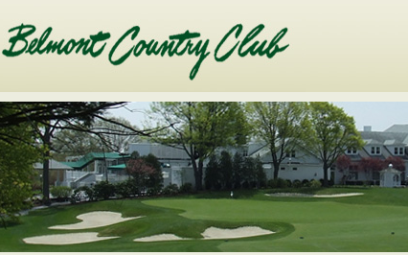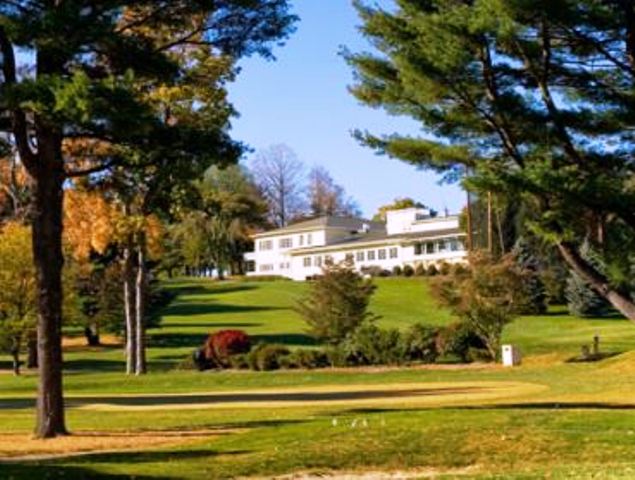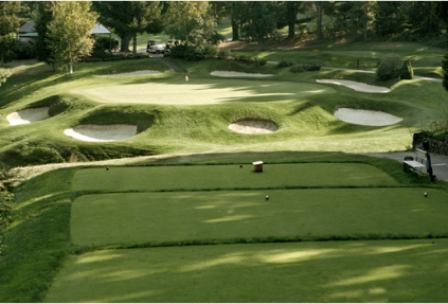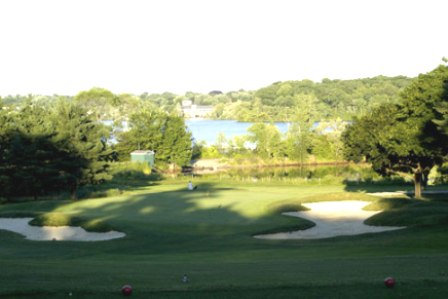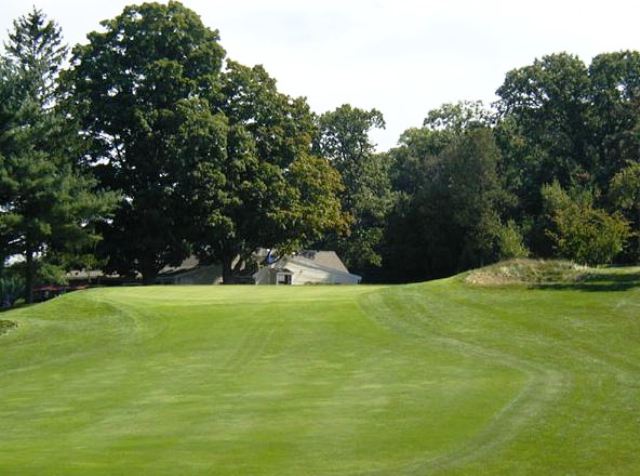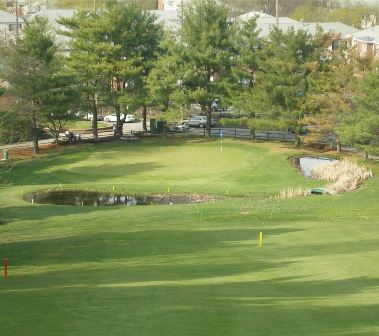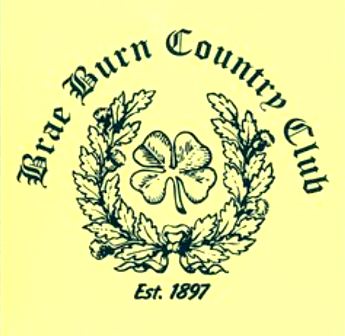Detailed description of Belmont Country Club
Belmont Country Club is a Private, 18 hole golf course located in Belmont, Massachusetts.
Ninety acres of land on which Belmont Springs Country Club sits was purchased by Willard E. Robinson along with the Colonial house in 1908. The following year he proceeded to layout a nine-hole golf course. Next, Mr. Robinson bought land across Winter Street giving him a total of 211 acres, with enough area to enlarge the course to 18 holes, which was designed by Donald Ross.
In 1916, Mr. Robinson, who continued to conduct the duly organized club, added 20 more acres to the property and sold bonds to club members. They became the Belmont Springs Trust from which the club leased the golf course and clubhouse.
During the post-war prosperity of 1919 and 1920, The Belmont Springs Country Club had its hey-day with a full membership of 550 and an imposing waiting list.
The Belmont Springs Country Club remained affluent until the advent of the Depression when the club defaulted on interest payments to bondholders who, in turn, were unable to comply with the terms of a mortgage held by a Boston bank. Foreclosure proceedings started, resulting in the eventual loss of the property.
The new owners developed 24 acres on Marsh Street in the Country Club Lane area into house lots and reopened the club as a private golf course. The course was remodeled by Orrin Smith.
In 1943, the Club came on the market again. The property was sold to an out-of-town group of men headed by Abraham M. Sonnabend of Brookline reportedly for $75,000 -- quite a bargain by today's prices for 231 acres of land and a clubhouse. The property was quite run down in 1943, but slowly the new owners completely restored the clubhouse and turned it into the showplace it is today and changed the name to Belmont Country Club.
In 1967, due to the construction of Route 2, five holes (part of holes #8 and #9, holes #10, 11, and 12) were relocated/partially relocated from the northerly portion of the site to an area of lowlands along Concord Avenue. These five new/partially new holes and several new ponds were constructed on filled land.
In 1969, Alfred H. Tull remodeled the course. Tull was renowned for his ability to layout individual holes and establish a circuit by walking the land and staking holes without the benefit of a topographical plan. Tull studied under and worked with A. W. Tillinghast and Devereau Emmet (two of the most highly respected and well-known names in American golf course architecture) early in his career.
Belmont Country Club golf course plays to a maximum distance of 6,819 yards and a par-71. The course rating is 73.4 and the slope rating is 134.
The club reportedly carries a large debt. The club made headlines in 2013 when the cost of a new clubhouse, projected at $18 million reportedly ballooned to nearly $30 million, sparking internal debate among members
Latest Golf Course Reviews
-
1
by Brian Clark 2023-10-08
-
2
by Brian Clark 2023-10-08
-
3
by Brian Clark 2023-10-08
-
4
by soundhar G 2023-10-07
-
5
by Brian Clark 2023-10-05
-
6
by Brian Clark 2023-10-05

